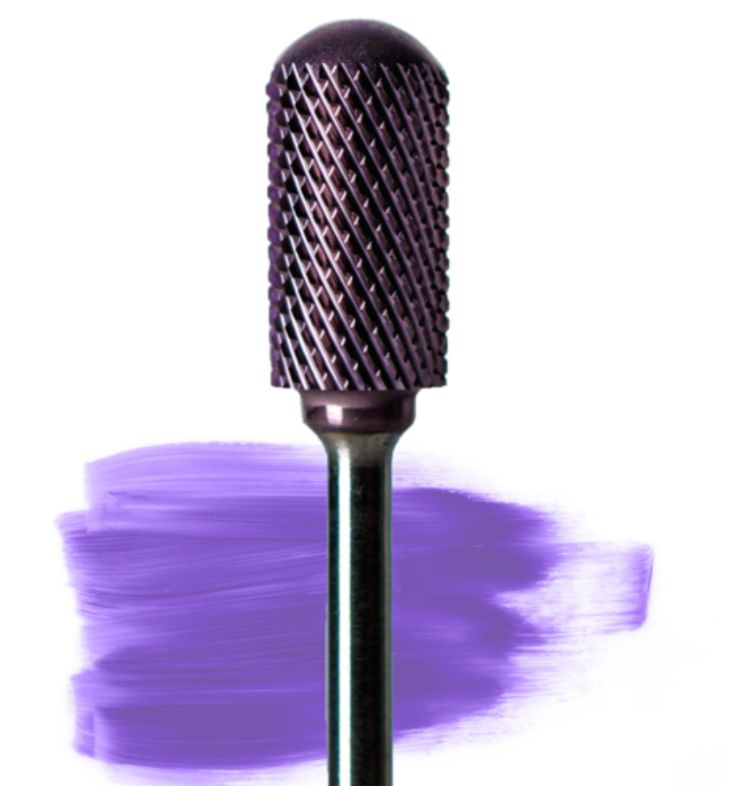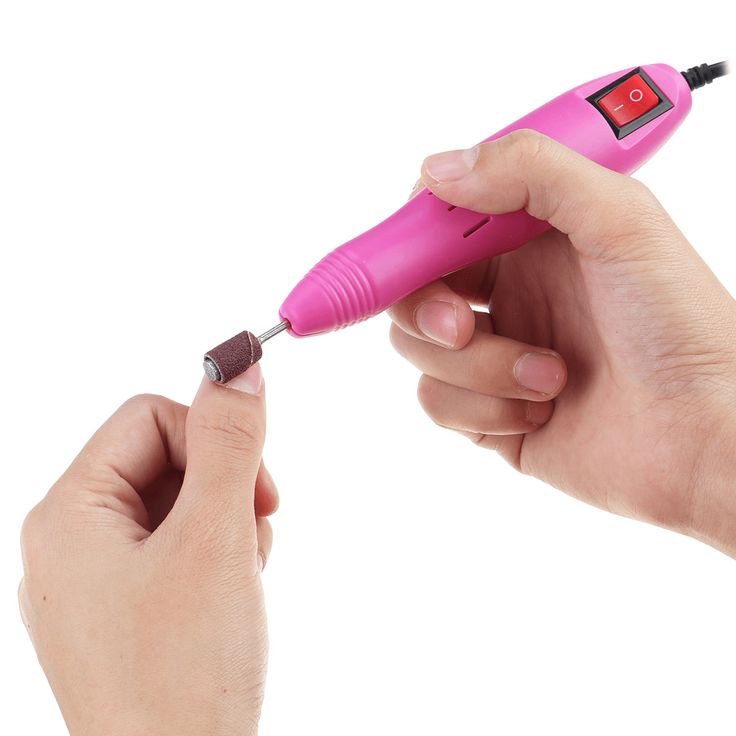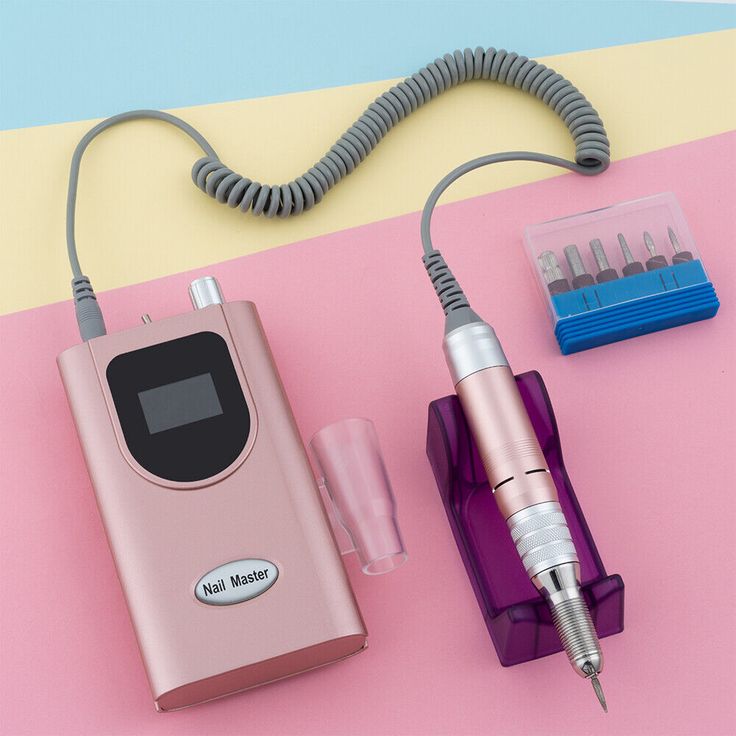
Comparing Electric Nail Drill Machines: Which One Fits Your Needs?
- uzmdrill
- August 31, 2024
- 44 views
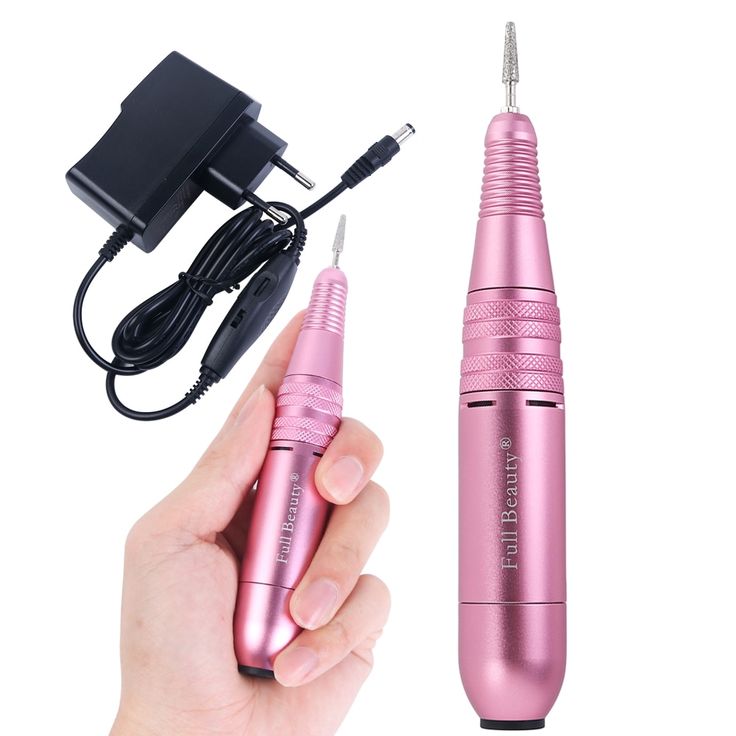
Choosing the right electric nail drill machine can be a game-changer for your nail care routine, whether you’re a DIY enthusiast or a professional nail technician. With so many options available on the market, finding the perfect one to fit your needs can be overwhelming. In this article, we’ll compare various types of electric nail drill machines, exploring their features, pros, and cons to help you make an informed decision.
Types of Electric Nail Drill Machines
- Corded Electric Nail Drill MachinesDescription: Corded electric nail drill machines are powered directly through a power outlet. They offer consistent performance and are generally more powerful than their cordless counterparts. These machines are ideal for professional use and extended nail care sessions.Pros:
- Consistent Power: Provides steady power output without the need to recharge, allowing for uninterrupted use.Higher Performance: Typically offers a higher RPM range and more torque, making it suitable for heavy-duty tasks like acrylic and gel removal.Durability: Often more robust and long-lasting due to fewer moving parts.
- Limited Mobility: Being tethered to a power outlet can limit your range of movement.
- Bulkier Design: These machines are usually larger and heavier, making them less portable.
- Cordless Electric Nail Drill MachinesDescription: Cordless electric nail drill machines operate on rechargeable batteries, offering flexibility and portability. They are perfect for mobile nail technicians or home users who prefer not to be restricted by a power cord.Pros:
- Portability: Easy to carry around and use anywhere, making them ideal for mobile nail techs or at-home use.
- Flexible Use: No cords mean you can move freely while working on nails, offering more comfort and convenience.
- Lightweight Design: Often more compact and lighter, making them easier to handle and control.
- Limited Battery Life: Requires regular recharging, which can interrupt your work if the battery runs out mid-session.
- Lower Power Output: Generally offers lower RPMs and torque compared to corded machines, which may limit their effectiveness for heavy-duty tasks.
- Portable Mini Nail Drill MachinesDescription: These are compact, lightweight nail drill machines designed for light use. Portable mini nail drills are perfect for beginners and those who want a simple tool for basic nail care.Pros:
- Compact and Lightweight: Extremely easy to carry and store, perfect for travel or on-the-go use.
- User-Friendly: Designed for simplicity, making them ideal for beginners who want a straightforward tool for basic nail tasks.
- Affordable: Generally less expensive, making them a great option for those on a budget.
- Limited Power and Features: Not suitable for heavy-duty tasks like acrylic removal or detailed nail art. Lower RPMs and fewer speed settings can restrict usage.
- Less Durable: May not last as long as more robust models, especially with frequent use.
- Professional-Grade Nail Drill MachinesDescription: Professional-grade nail drills are designed for salon use or for users who require a high-performance machine. They offer a wide range of features, including adjustable speeds, forward/reverse functions, and multiple bit compatibility.Pros:
- High Performance: Powerful motors and high RPM ranges make them suitable for all nail types and tasks, from natural nails to acrylics and gels.
- Advanced Features: Equipped with features like adjustable speed, forward/reverse functions, foot pedals, and more, providing a versatile nail care experience.
- Durability: Built to withstand heavy, frequent use, these machines are made from high-quality materials for longevity.
- Expensive: Higher cost can be a barrier for some users, especially beginners or casual users.
- Steeper Learning Curve: The range of features may require more time to learn and master, which can be challenging for new users.
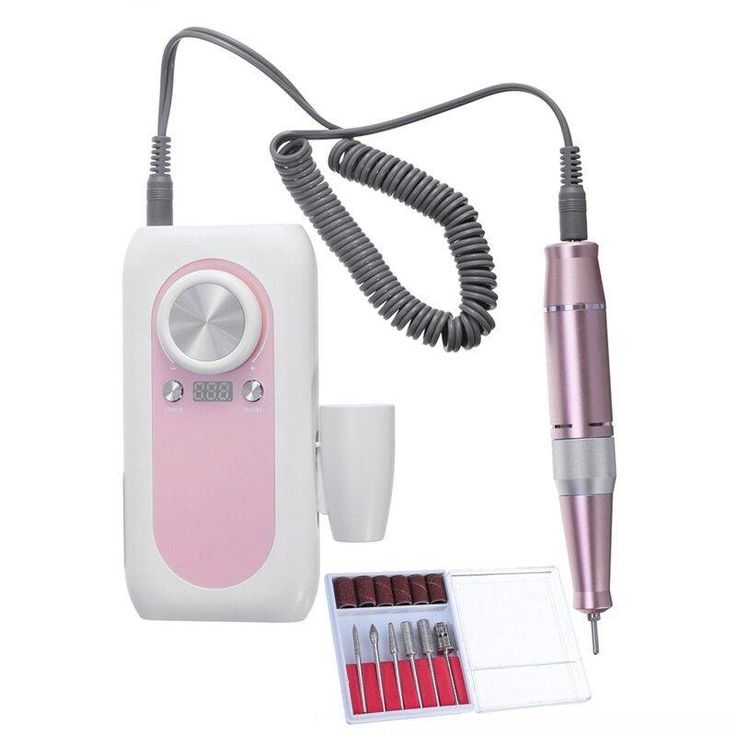
Key Factors to Consider When Choosing a Nail Drill Machine
- Power and RPM (Rotations Per Minute)
- What to Look For: Consider the power and RPM range of the nail drill machine. Higher RPMs (20,000 to 30,000) are suitable for more intensive tasks like acrylic or gel removal, while lower RPMs (5,000 to 15,000) are adequate for natural nail care and basic filing.
- Speed Control
- What to Look For: Opt for machines with adjustable speed controls. This feature allows you to customize the speed based on the task at hand, providing greater precision and control.
- Ergonomics and Comfort
- What to Look For: An ergonomic design reduces hand fatigue during extended use. Look for a lightweight handpiece that is easy to grip and maneuver, especially if you plan to use the drill frequently.
- Noise and Vibration Levels
- What to Look For: Choose a machine with low noise and vibration levels for a more comfortable experience, especially during long sessions.
- Bit Compatibility and Versatility
- What to Look For: Ensure that the nail drill machine is compatible with a wide range of bits. This versatility allows you to perform various tasks, from basic manicures to advanced nail art and acrylic removal.
- Portability and Storage
- What to Look For: If you’re a mobile nail technician or need a machine for travel, consider a cordless or portable model that is easy to store and transport.
- Price and Budget
- What to Look For: Set a budget and consider machines that offer the best features and performance within your price range. Remember that higher-priced models often come with advanced features and better durability.
Which Nail Drill Machine is Right for You?
- For Beginners and Home Users: If you’re just starting out or need a machine for occasional at-home use, consider a cordless or portable mini nail drill machine. These options are user-friendly, affordable, and offer enough power for basic nail care tasks.
- For Professionals and Serious Enthusiasts: If you’re a professional nail technician or someone who frequently performs nail care tasks, a professional-grade nail drill machine is the best choice. These machines offer high performance, durability, and a wide range of features that cater to all nail care needs.
- For Mobile Nail Technicians: If you’re always on the go, a cordless electric nail drill machine provides the flexibility and portability needed for mobile services. Ensure the model has a decent battery life and enough power to handle various tasks.
- For Budget-Conscious Users: If you’re on a tight budget but still want a reliable machine, a portable mini nail drill or an affordable corded model can be a good option. These machines are cost-effective and provide adequate power for most basic tasks.
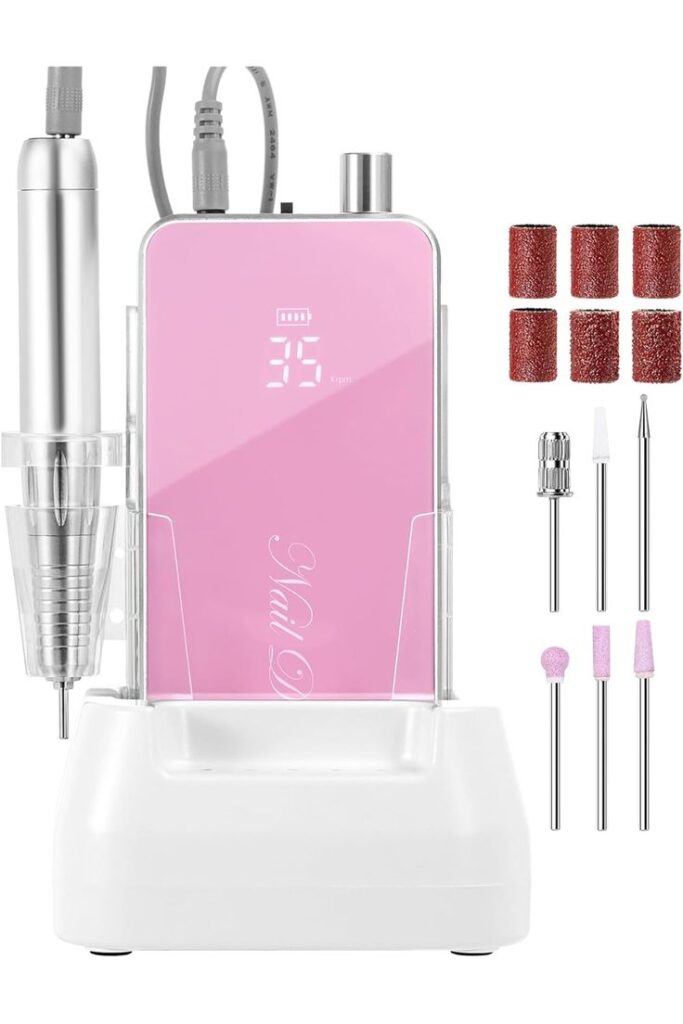
FAQs: Choosing the Right Nail Drill Machine
Q1: How do I know which RPM range is best for me?
A1: Consider the tasks you’ll be performing. For natural nails and light tasks, a lower RPM range (5,000-15,000 RPM) is sufficient. For acrylic removal or more intensive tasks, a higher RPM range (20,000-30,000 RPM) is recommended.
Q2: Are cordless nail drills as effective as corded ones?
A2: Cordless nail drills offer flexibility and portability, but they may have lower power output compared to corded models. They are effective for light to moderate tasks but may not be ideal for heavy-duty use.
Q3: What should I look for in a professional-grade nail drill?
A3: Look for high RPMs, adjustable speed settings, low noise and vibration, a comfortable handpiece, and compatibility with a wide range of bits. Features like forward/reverse functions and foot pedals are also beneficial.
Q4: How often should I replace my nail drill bits?
A4: The frequency of replacement depends on usage and the type of material you’re working on. Regular inspection and proper maintenance can extend their lifespan. Replace bits when they become dull or worn out.
Q5: Can I use a nail drill on both fingernails and toenails?
A5: Yes, most nail drills can be used on both fingernails and toenails. However, you may need to adjust the speed and use specific bits for the thicker toenails.
Conclusion
Choosing the right electric nail drill machine depends on your specific needs, budget, and experience level. Whether you’re looking for a basic model for occasional use or a professional-grade machine for salon-quality results, understanding the different types and features of nail drills will help you make the best choice. By considering factors like power, RPM, ergonomics, and versatility, you can find the perfect nail drill machine to fit your needs and elevate your nail care routine.

